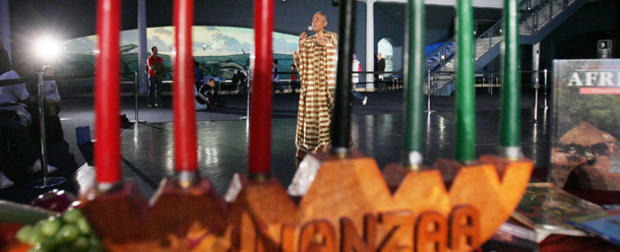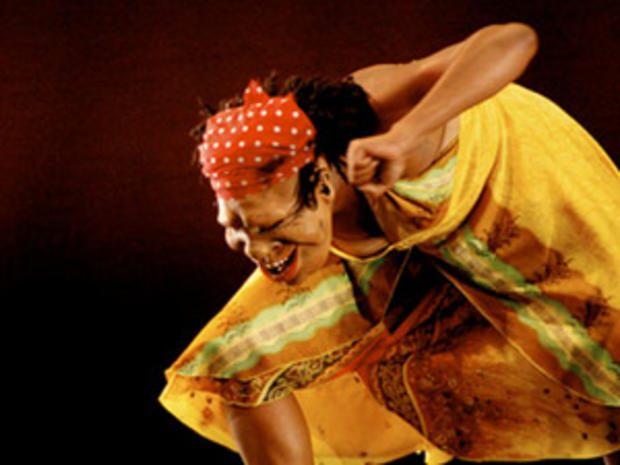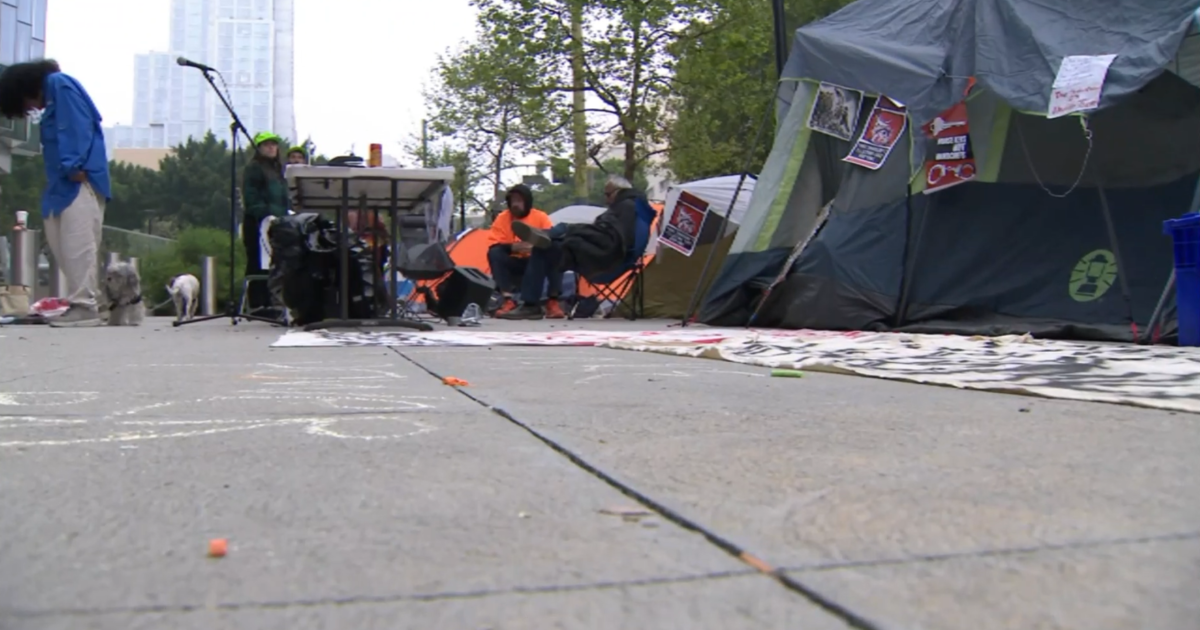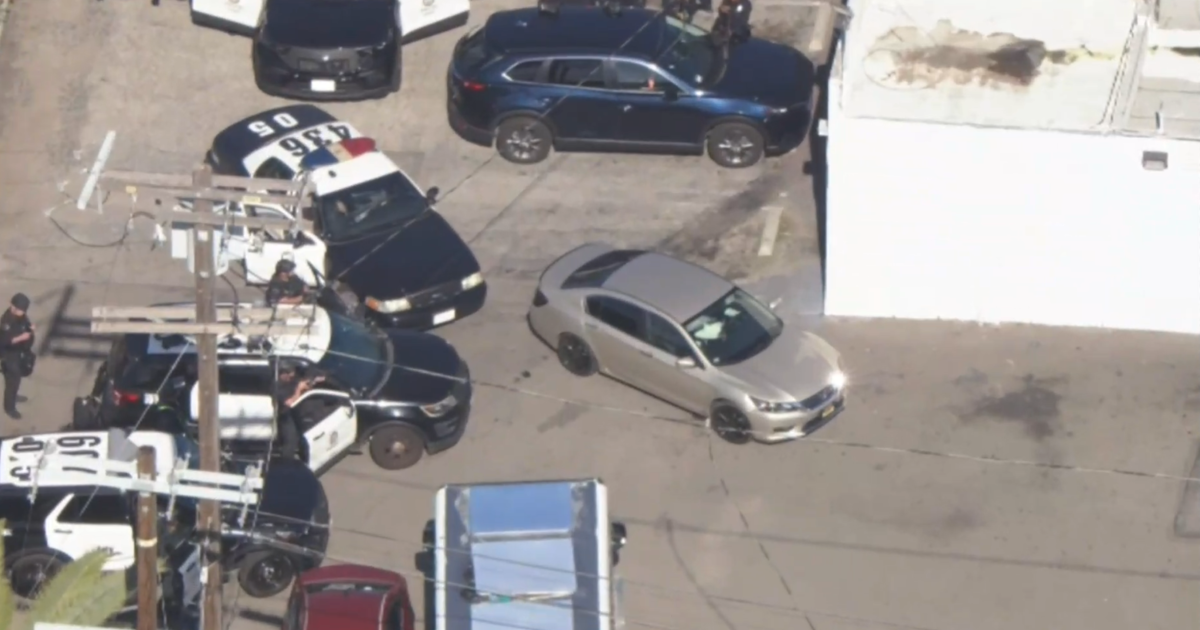Guide to the Griffith Observatory
Griffith Jenkins Griffith desired to make science more accessible to the public and he gifted $100,000 to the city of Los Angeles to build an Observatory on top of Mount Hollywood. The Griffith Observatory first opened on May 14, 1935. Due to its allure, history and cinematic representations the Griffith Observatory remains one of the most visited landmarks in California.
Griffith Observatory
2800 East Observatory Road
Los Angeles, CA 90027
(213) 473-0800
More Info
Parking, Hours and Admission: The parking lot at the Griffith Observatory is very small and spots are available on a first come-first served basis. Street parking is available after the parking lot is full. Carpooling to the Observatory is recommended. The hours of the Observatory are Wednesday through Fridays 12:00pm to 10:00pm Saturday and Sundays 10:00am to 10:00 pm. Admission to the Observatory and grounds is free.
W.M. Keck Foundation Central Rotunda
Upon entering the Griffith Observatory you will be greeted by the W.M. Keck Foundation Central Rotunda. Inside the rotunda is the Foucault Pendulum which is a beautiful 240-pound brass pendulum ball that displays the Earth's rotation. The ball remains constant as the earth rotates around it. Up above are the Hugo Ballin Murals that have been restored to their original 1934-1935 glory.
Hall of the Eye
Within the Hall of the Eye are four different exhibits to signify how humans have perceived the sky and what momentous impact that has made on our lives. "Using the sky" shows how humans have relied on the sky in history, "Extending the eye" exhibits some of the tools used to view the sky, "Observing in California" displays California's history in sky exploration and discoveries, and "Beyond the Visible" shows what modern discoveries have been made in our Universe. There is a large Camera Obscura on display as well as a Tesla Coil.
Hall of the Sky
The Hall of the Sky presents the Sun and the Moon and humans' connections with them. Inside the Hall of the Sky is an 8-foot display of the periodic table with samples of each element. At the end of the hall is one of the largest public solar telescopes in the world.
Cosmic Connection
This gorgeous walkway takes visitors between the historic building above and the new expansion below. Almost 2,200 donated pieces of celestial jewelry represent the ribbon of time along the walkway behind a glass case. The top of the ribbon of time represents the big bang and along the way down key moments in the evolution of the Universe are displayed. At the bottom, all of human history is represented in just a fraction of an inch out of the 150-foot ribbon of time.
Edge of Space Mezzanine
The Edge of Space Mezzanine is part of the new Griffith Observatory expansion. It displays samples of the Universe that have fallen on earth or we have discovered through space exploration. Within the Edge of Space Mezzanine are 3 exhibits: "Pieces of the sky" that shows samples of meteors, "Cloud and Spark Chambers" displays instruments that measure the impact of cosmic rays on Earth and "Our Moon" which is a giant display of the moon.
Gunther Depths of Space
With large scale models of the planets, this beautiful exhibit is brought to visitors by Richard and Lois Gunther. The Depths of Space displays the transformations of planets into landscapes, stars into solar systems, galaxies into vistas and more.
Observation Decks
Up here, the most breathtaking views of the city of Los Angeles, including the iconic Hollywood sign, can be seen in the daytime. In the evening, the observation decks at the Griffith Observatory allow unobstructed views of our glorious skies.
Café
Conveniently located on the lower level is the Café at the End of the Universe. Seating is available inside the café or outside with a clear view of the famous Hollywood sign. Operated by world famous Wolfgang Puck, the Café offers several healthful food options.
Samuel Oschin Planetarium
For a nominal fee, you can view one of 3 sit-at-the-edge-of-your-seat shows that are available daily: "Centered in the Universe," "Water is Life" and the newest of the three "Light of the Valkyries." These shows are presented every 60 to 90 minutes. Children under 5 years old are only permitted in the first show of the day (12:45pm Wednesday-Friday 10:45am Saturday-Sunday).
Desiree Eaglin is the parent of a rebel without a cause and blogs at Sarcastic, Funny and Brutally Honest.





